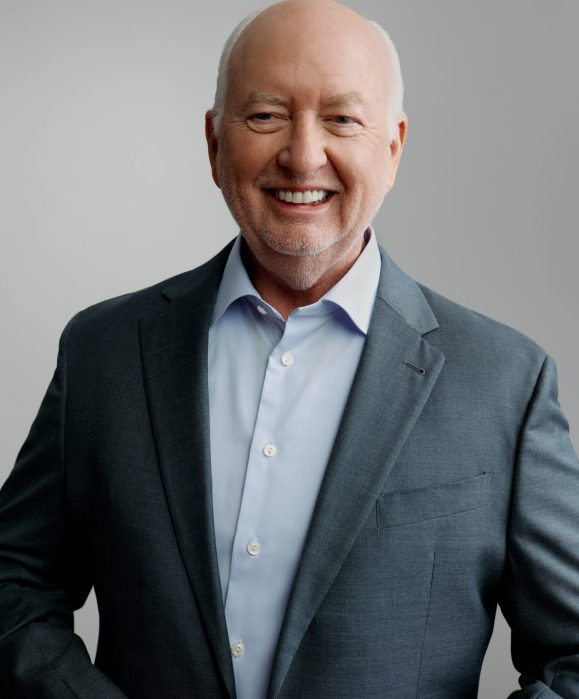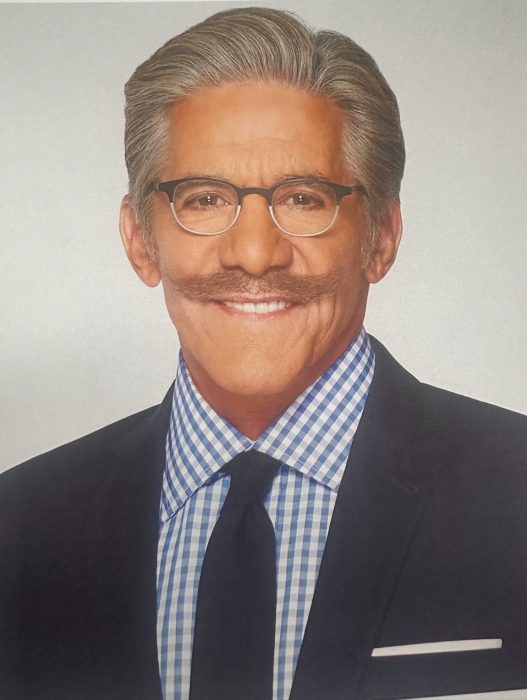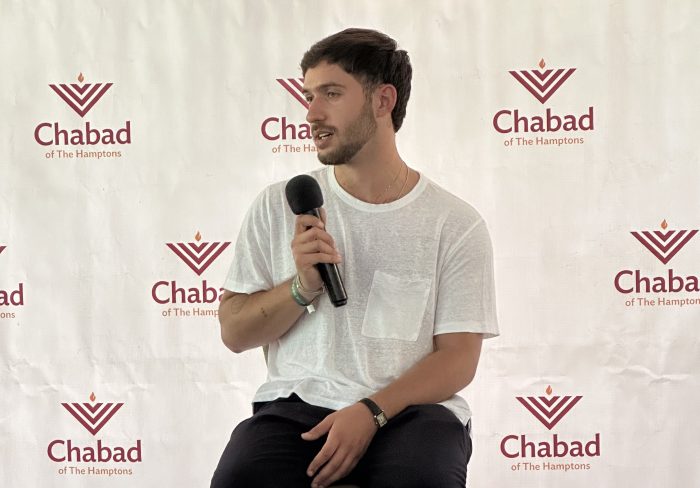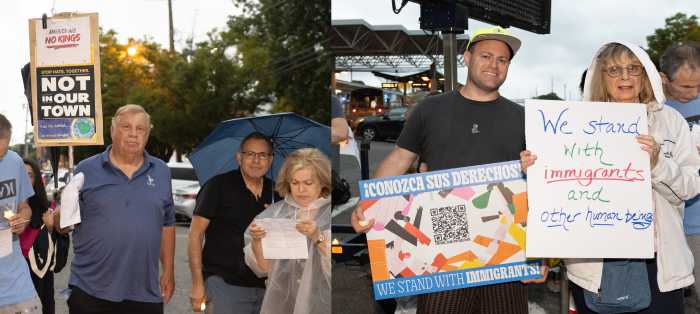Books won’t stay banned. They won’t burn, ideas won’t go to jail. In the long run of history, the censor and the inquisitor have always lost. The only sure weapon against bad ideas is better ideas. The source of better ideas is wisdom.
— Alfred Griswold Whitney
The week of Sept. 21-28 has been designated Banned Books Week by the Office of Intellectual Freedom of the American Library Association. During this time, libraries and schools around the country hold programs and readings to celebrate the “right to read.”
Think censorship and banning books are ancient history, or at least not problems we face here on Long Island? Unfortunately, that’s not the case. In fact, there are many myths and misconceptions about censorship that should be challenged. Here are four:
Myth: Censorship occurs primarily in states that would be associated with right-wing conservative views often identified as the Bible Belt.
Reality: Many years ago, the organization People for the American Way, in tracking cases of censorship, listed the 10 states reporting the most incidents of challenges. Only two of the states would be identified with the Bible Belt, in the South. Reported incidents of censorship sent to the Office of Intellectual Freedom of the American Library Association (ALA) continue to have no geographic pattern. The organization considers censorship to be a national problem.
Myth: Censorship is usually identified with conservative political or religious groups.
Reality: Examples include the Harry Potter series—the principal reason, wizardry—as well as and Tango Makes Three—the reason, supposed homosexuality of penguins. However, groups not usually identified as conservative also censor. A few years ago, the NAACP unsuccessfully sought to have the Merriam-Webster Collegiate Dictionary redefine the “N” word and limit it to its offensive connotation. (The publisher refused to limit the definition since over time it has had many different meanings). Concern has also been expressed regarding the depiction of Shylock in The Merchant of Venice. Some Jewish organizations have challenged its inclusion in the Language Arts curriculum in high schools.
Myth: Censorship in public schools is focused on school libraries and books used in the classrooms.
Reality: In addition to censorship of books, school administrators in many states (not New York) have “for pedagogical reasons” the final say regarding the contents of official student newspapers. The Student Press Law Center, which represents students in challenges to their First Amendment rights, reports that more and more students are using the
Internet and social media to publish their views without being subject to school officials.
School plays and performances are routinely screened by school administrators. A few years ago, a drama class in Wilton, CT, was prohibited from presenting a dramatic reading of a cross-section of views by soldiers in Iraq. The students were able to take advantage of several offers to present their reading in theaters outside of their school. They accepted the invitation to present their program at the Public Theater in New York City.
Myth: Current books for children and teenagers which focus on sex, violence and drugs are the principal objects of the censors.
Reality: While current books rife with sex and violence do catch the eyes of the censors—among the top 10 books challenged last year were Fifty Shades of Grey, The Hunger Games and The Perks of Being a Wallflower-—annual reports of censorship sent to the ALA’s Office of Intellectual Freedom show they are not alone. Books written a number of years ago continue to be targets. The Adventures of Huckleberry Finn, published in 1885, and The Catcher in the Rye, published in 1951, are both on hit lists. The 1970s novels of
Judy Blume, especially popular among teenage girls, are still subjected to censorship.
What can be done about censorship in libraries and schools?
A response to the censors was offered many years ago by playwright Clare Boothe Luce: “Charity, like censorship, should begin at home, but unlike charity, censorship should end there.”
The First Amendment remains imperiled when individuals or organizations place their ideologies above the First Amendment.
In the spirit of the First Amendment, during Banned Books Week many public libraries as well as school libraries and classrooms display banned books and celebrate our freedom to read. Do your part—visit the library and read a banned book.
Local resident Donald Parker has long been involved in civil liberties issues, and is former co-coordinator of the Long Island Coalition Against Censorship. Email: editorial@antonnews.com

































